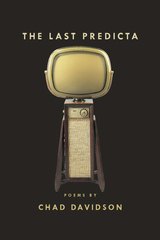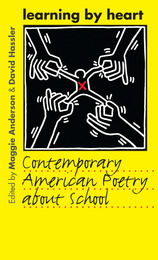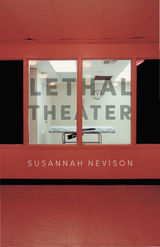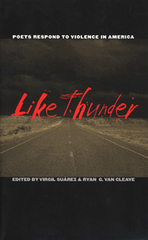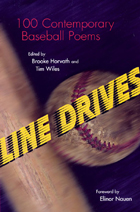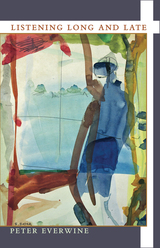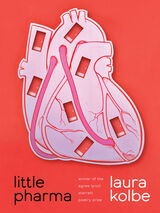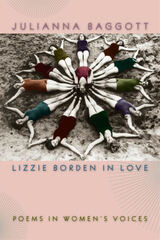John Ruskin
Reaktion Books, 2015
eISBN: 978-1-78023-470-0 | Paper: 978-1-78023-429-8
See other books on: Art | Artists, Architects, Photographers | Ballantyne, Andrew | Biography & Autobiography | John Ruskin
See other titles from Reaktion Books
eISBN: 978-1-78023-470-0 | Paper: 978-1-78023-429-8
ABOUT THIS BOOK | AUTHOR BIOGRAPHY | REVIEWS | TOC | REQUEST ACCESSIBLE FILE
ABOUT THIS BOOK
John Ruskin (1819–1900) was the most prominent art and architecture critic of his time. Yet his reputation has been overshadowed by his personal life, especially his failed marriage to Effie Gray, which has cast him in the history books as little more than a Victorian prude. In this book, Andrew Ballantyne rescues Ruskin from the dustbin of history’s trifles to reveal a deeply attuned thinker, one whose copious writings had tremendous influence on all classes of society, from roadmenders to royalty.
Ballantyne examines a crucial aspect of Ruskin’s thinking: the notion that art and architecture have moral value. Telling the story of Ruskin’s childhood and enduring devotion to his parents—who fostered his career as a writer on art and architecture—he explores the circumstances that led to Ruskin’s greatest works, such as Modern Painters, The Seven Lamps of Architecture, The Stones of Venice, and Unto This Last. He follows Ruskin through his altruistic ventures with the urban poor, to whom he taught drawing, motivated by a profound conviction that art held the key to living a worthwhile life. Ultimately, Ballantyne weaves Ruskin’s story into a larger one about Victorian society, a time when the first great industrial cities took shape and when art could finally reach beyond the wealthy elite and touch the lives of everyday people.
Ballantyne examines a crucial aspect of Ruskin’s thinking: the notion that art and architecture have moral value. Telling the story of Ruskin’s childhood and enduring devotion to his parents—who fostered his career as a writer on art and architecture—he explores the circumstances that led to Ruskin’s greatest works, such as Modern Painters, The Seven Lamps of Architecture, The Stones of Venice, and Unto This Last. He follows Ruskin through his altruistic ventures with the urban poor, to whom he taught drawing, motivated by a profound conviction that art held the key to living a worthwhile life. Ultimately, Ballantyne weaves Ruskin’s story into a larger one about Victorian society, a time when the first great industrial cities took shape and when art could finally reach beyond the wealthy elite and touch the lives of everyday people.
See other books on: Art | Artists, Architects, Photographers | Ballantyne, Andrew | Biography & Autobiography | John Ruskin
See other titles from Reaktion Books

